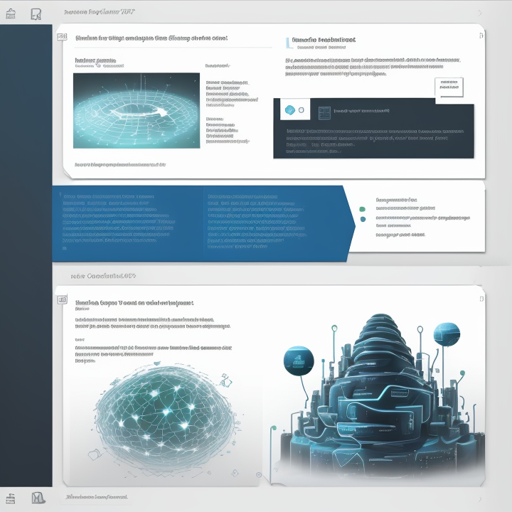In this article, we will explore how to leverage the t5-small-finetuned-billsum model for text summarization. The T5 model, finely tuned on the Billsum dataset, demonstrates remarkable performance in sequence-to-sequence language modeling, specifically in summarizing long texts into concise formats.
What You Need to Get Started
- Basic knowledge of Python and machine learning concepts.
- Installation of the required libraries: Transformers, PyTorch, and Datasets.
- A dataset for summarization, preferably similar to Billsum.
Setting Up Your Environment
Before diving into the implementation, you’ll need to ensure you have the correct libraries installed. You can do this using pip:
pip install transformers torch datasetsLoading the Model and Tokenizer
Once the necessary libraries are in place, you can load the model and tokenizer with the following lines of code:
from transformers import T5Tokenizer, T5ForConditionalGeneration
tokenizer = T5Tokenizer.from_pretrained("t5-small-finetuned-billsum")
model = T5ForConditionalGeneration.from_pretrained("t5-small-finetuned-billsum")Summarizing Text
To summarize text using the T5 model, follow these steps:
- First, encode your input text.
- Generate the summary using the model.
- Decode the output to get the summary in human-readable format.
Here’s a comprehensive code snippet to summarize a piece of text:
input_text = "Your long document text here..."
input_ids = tokenizer.encode(input_text, return_tensors="pt")
summaries = model.generate(input_ids, max_length=150, num_beams=4, length_penalty=2.0, early_stopping=True)
summary = tokenizer.decode(summaries[0], skip_special_tokens=True)
print(summary)An Analogy to Understand the Model Performance
Think of the T5 model as a talented chef who has trained intensively on the specific recipes from a renowned culinary school (Billsum dataset). Just as a chef learns to balance flavors, textures, and presentation, the T5 model has learned to discern key information, condense it, and present it in a new format. As the model interacts with more data, just like the chef refining their craft, its ability to generate quality summaries improves over time. The metrics — such as Rouge1 and Loss — act like feedback on the chef’s meals, indicating how well the model is performing in summarization.
Troubleshooting Common Issues
Should you encounter issues while using the T5 model, here are some troubleshooting steps:
- Installation Problems: Ensure that all libraries are correctly installed and consider reinstallation if issues persist.
- Performance Issues: If the model is producing subpar summaries, check if you are passing properly formatted input text and adjusting the max_length parameter for output summaries.
- Memory Errors: Monitor memory usage, as GPU memory can quickly be exhausted with larger inputs. Consider reducing the input size or batch size.
For more insights, updates, or to collaborate on AI development projects, stay connected with fxis.ai.
Conclusion
By following these steps, you can effectively utilize the t5-small-finetuned-billsum model for summarizing lengthy texts. Remember that the quality of your inputs greatly influences the summary quality.
At fxis.ai, we believe that such advancements are crucial for the future of AI, as they enable more comprehensive and effective solutions. Our team is continually exploring new methodologies to push the envelope in artificial intelligence, ensuring that our clients benefit from the latest technological innovations.

